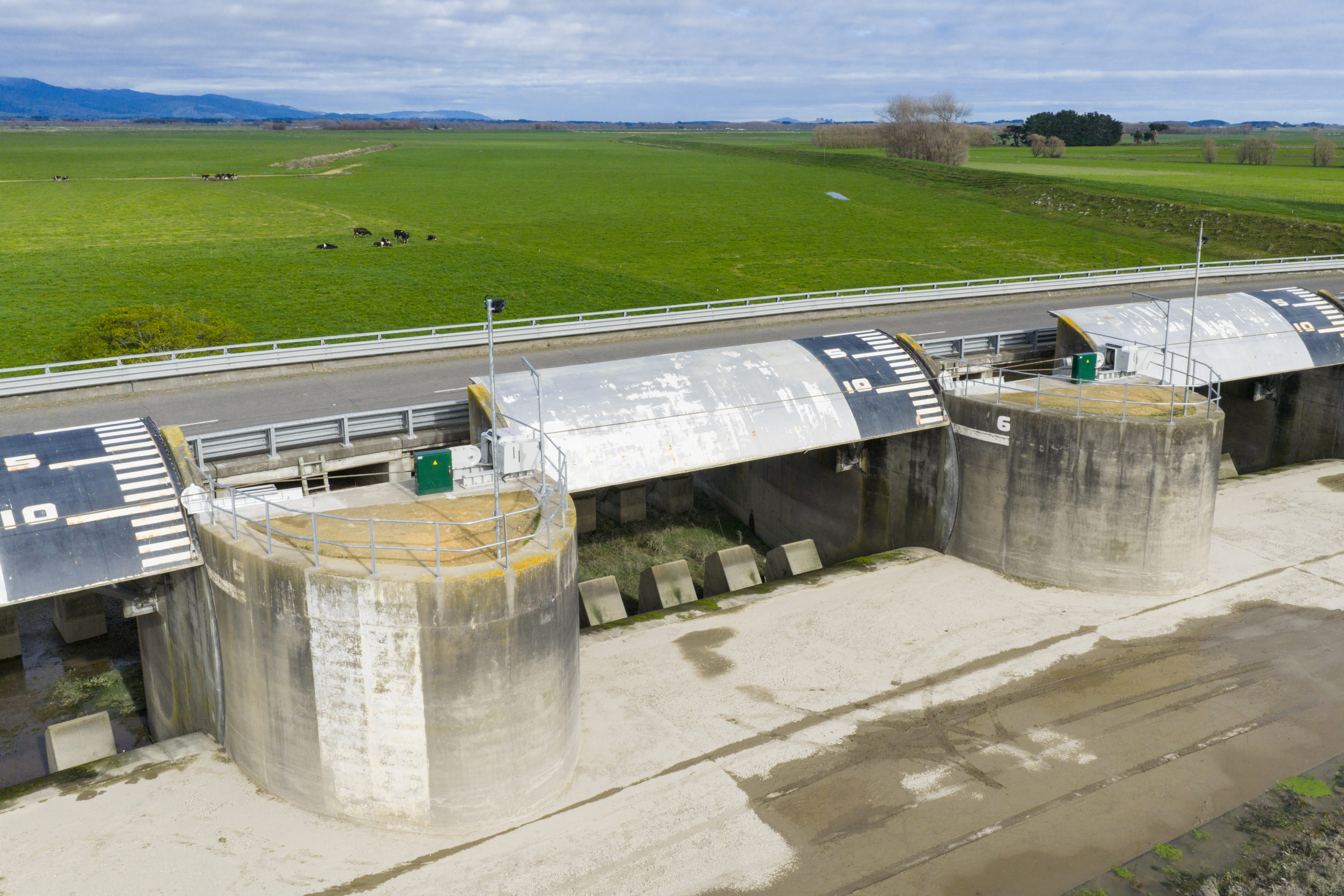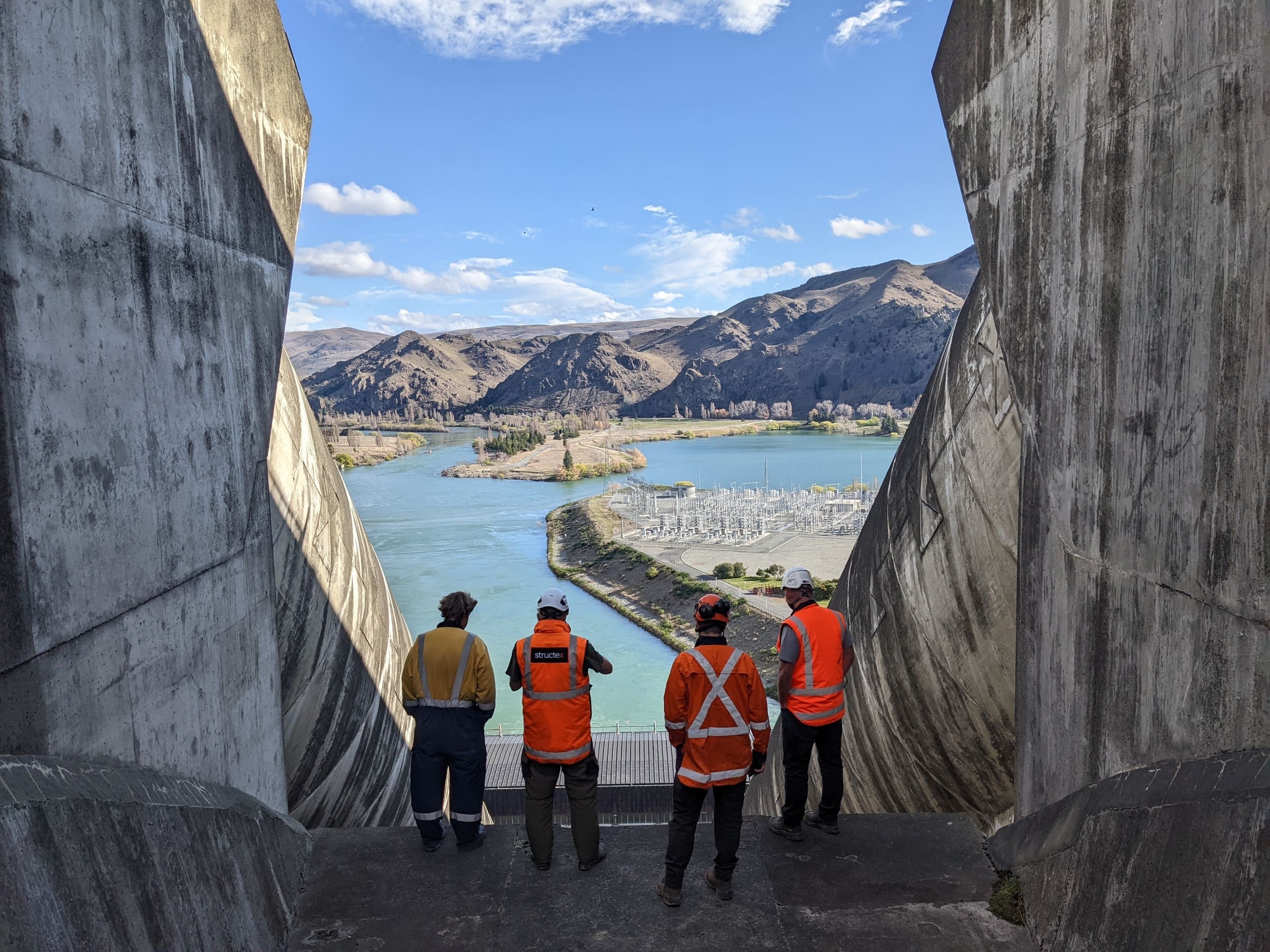Eastern Terrace Water Supply Trunk Main Replacement
.jpg)
Working with Christchurch City Council and Beca consultants, Seipp relaid a 2.5-kilometre mains water supply through busy residential suburb in Christchurch.
The Eastern Terrace water main supplies Central Christchurch through a 600mm diameter iron pipe. When the 70-year-old pipe began failing, Christchurch City Council set replacement plans in motion. Initial design work by Beca Consultants identified a uniquely suitable pipe for the purpose, and Seipp Construction won the contract to replace and realign a 2.5km run, which has been specially designed to withstand seismic events.
Tight space called for new solutions
The project threw up several challenges. Firstly, space was tight, as Council Senior Project Manager Rohan Meissenheimer explains: ‘The water main needed to stay in operation throughout, which meant laying the new pipe beside the old. But the 2.5-kilometre route is now so cluttered with other services – fibre, telecoms, gas, water, power, waste – we were worried we’d even be able to do this.’
Large-bore pipe under pressure also normally needs massive concrete thrust blocks buried at bends to withstand the hydraulic forces, but there wouldn’t be enough room in the narrow corridor to install these large blocks. The pipeline is also bi-directional, which added further complexities. ‘The reservoir on the hill feeds the main,’ explains Rohan, ‘and the same pipe puts water back into the reservoir. Two-way thrust means you need to lock the pipe joints both ways.’


Bridging the river and environmental management
The pipe route crossed the Heathcote River, and the trout spawning season would restrict river work to a May–August slot. As Seipp’s project engineer Howie Smith explains, ‘A lot of the riverside ground was at high risk of liquefaction and slumping, so we had to move the new pipe to more stable terrain.’
The overall complexity, and the need to arrange tie-ins(connections to the city’s existing mains pipelines) would call for careful sequencing, with Seipp responsible for obtaining all permits for tie-ins.


Early inspection, constant communication
‘The design work took two years,’ says Rohan. Six months ahead of the main project start date, enabling works began: relocating smaller water mains, and investigating the route for any extra services that weren’t on council plans. All this work helped avoid clashes and delays.
Seipp also briefed the local community: with residential roads and private driveways closed for periods, they set up a call help centre, liaised with cafes and schools, and kept everyone informed via social media and leafletting.
%20(1).jpg)
Structural solution found in French technology
The answer to pipe pressure and thrust blocks came in the form of ductile iron pipe from French company PAM ‘The joints lock into place as you lay each pipe,’ says Howie, which meant we needed far fewer thrust blocks.’
Seipp designed a workaround for the tie-in process, too. ‘Originally, we planned three tie-ins,’ explains Howie, ‘each requiring a bypass enabling us to install thrust blocks. By changing the sequencing of work and installing temporary piled thrust blocks, we kept the pipe live without the need for bypasses.’
For the river crossing, council’s solution involved trenching and microtunnelling. Howie adds that Seipp was able to add learnings from previous work on a river crossing. ‘For instance, we used hydro response barriers to divert water flow away from our excavation, and this minimised silting.’

Effective coordination throughout
One of the key successes of this project was what didn’t happen. ‘The tie-ins were the highest risk,’ notes Howie. ‘The potential disruptions to the water network could have been catastrophic. But it was plain sailing all the way.’
And early stakeholder engagement led to smooth relations with the local community.
For council, the careful planning paid off and proved they’d picked the right contractor. ‘This was a huge project,’ says Rohan, ‘but Seipp had put forward a viable methodology, and we could see they knew what to do. They have top staff and they take real ownership of their projects.
















%20(1).jpg)

.jpg)

.jpg)

.jpg)
.jpg)






.jpg)
.jpg)
.jpg)
.png)
.jpg)

.jpg)

.jpg)

.jpg)
.jpg)
%20(1).jpg)


.jpg)
.jpg)

.jpg)
.jpg)
.jpg)
.jpg)


.jpg)